'What I wish I had known before buying an air purifier' advice from an industry expert
Take our advice to avoid the mistakes that cost money, compromise quality, and time
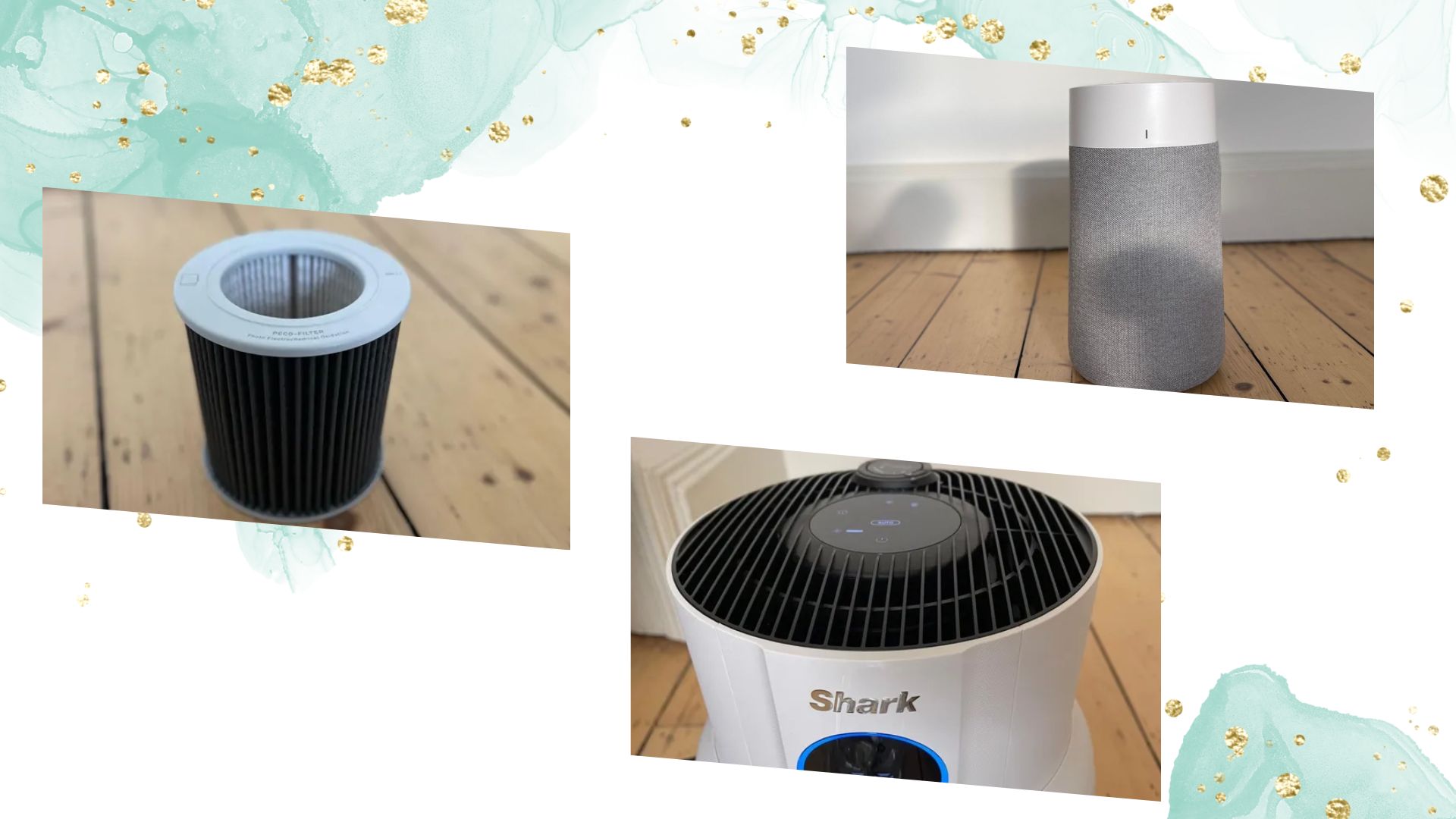

When I first decided to buy an air purifier, I thought it would be simple: pick one with good reviews, plug it in, breathe out a sigh of relief and breathe in some beautifully pure air. The reality wasn't quite as simple.
What I wish I knew before beginning to look for the best air purifiers is just how many factors actually affect how well it works in your home, from the type of filter you use to where you place it. There are even air purifiers that are much better suited to allergens and others designed for dust. Then there are others that just make a lot of noise and look pretty.
I've spoken to air quality experts at Meaco, Dyson, BlueAir, and Molekule to understand what makes a real difference when it comes to cleaner air. I'm sharing what I've learned to help you shop smarter, save money, and avoid the common pitfalls that make even the most high-end device less effective than it should be.
What you need to know before buying an air purifier
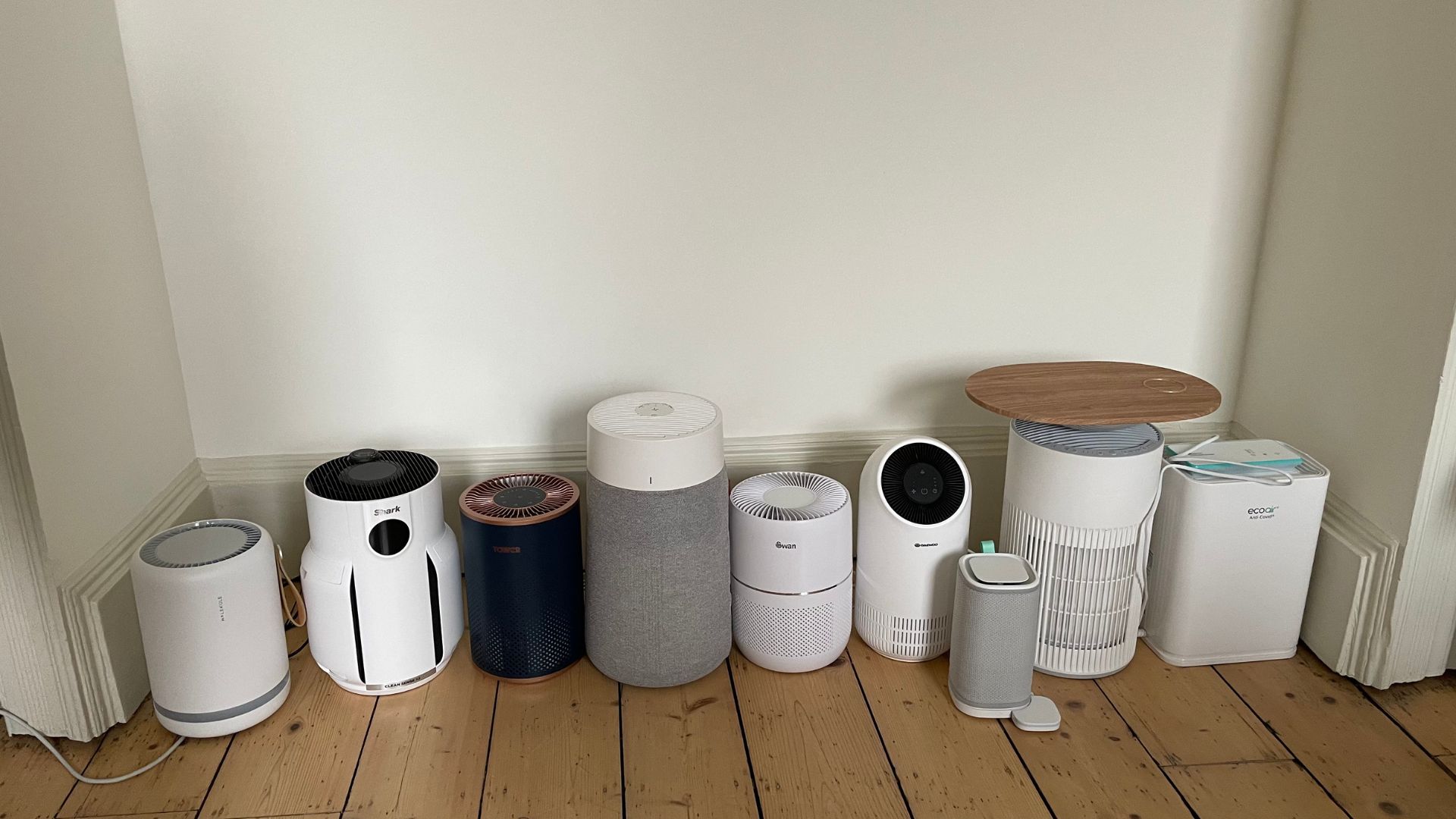
The key takeaway, both from my experience and the expert advice below ,is that understanding how air purifiers work is essential to choosing the right one. Your decision should be based on your room size, air quality needs, and lifestyle.
Dr. Dhau, Vice President of R&D at Molekule, told me, “Clean air should be treated as a fundamental part of a healthy lifestyle, much like clean water or good sleep. But when it comes to choosing the right air purifier, there are a few key things to consider before you buy.” He went on to explain that clean air can lead to better sleep, clearer skin, sharper focus, and overall improved wellbeing. “The difference may be subtle at first,” he added, “but over time, it’s significant.”

As someone who’s spent years researching the science behind indoor air pollution, Dr Dhau is a trusted expert for all things air purifiers. He's the Vice President of R&D at Molekule, which is one of my favourite air purifier brands.
1. Matching up the room size is the most important thing you do
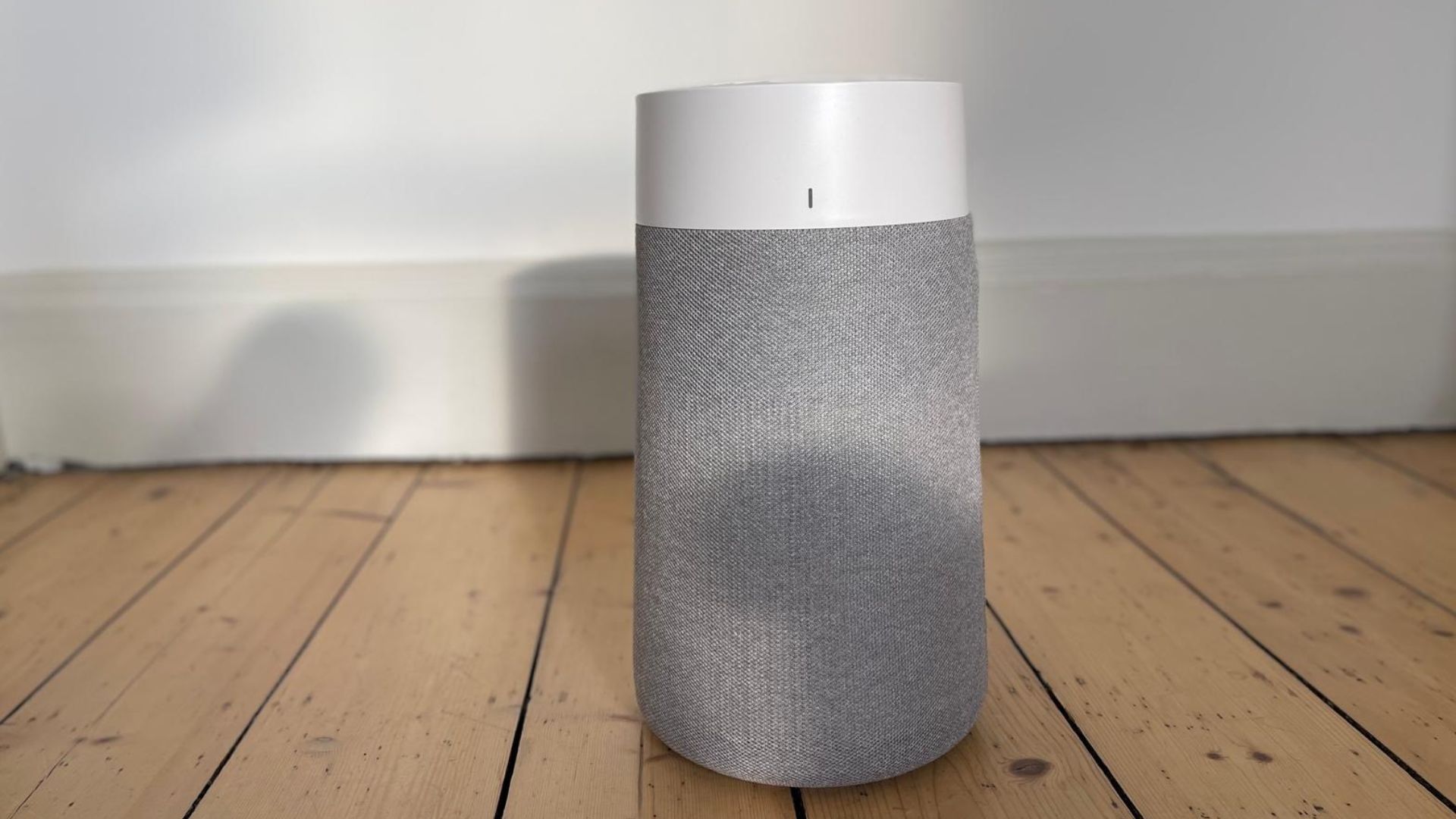
Everyone says it, but it's worth repeating: choose an air purifier that matches your room size. I heard it so often I almost tuned it out, but it's crucial advice. As Chris Michael, founder of Meaco, warns: “If it's too small, it won't clean the air properly, no matter how good the filter is. You need enough air changes per hour for the space it’s in.”

Chris co-founded Meaco with his partner Michele back in 1991. Since then, they've expanded the brand to cover all air quality needs, from dehumidifying to air purifying. Their products have won awards for their quality.
When checking specs, look for CADR (Clean Air Delivery Rate). It’s a standardised measure of how many cubic metres of air a purifier can clean per hour. “The higher the number, the more effective the purifier,” explains Lars Dunberger, Head of Technology at Blueair.
Sign up to our free daily email for the latest royal and entertainment news, interesting opinion, expert advice on styling and beauty trends, and no-nonsense guides to the health and wellness questions you want answered.
To get the right fit, measure your room (length × width = m²) and ensure the model meets AHAM’s standard of five air changes per hour. “Blueair purifiers meet this, filtering all the air in a room every 12 minutes,” Lars adds.

Lars is the Head of Technology at Blueair, having worked at the brand for eight years. He has a rich background in technological development from his time working at Tesla, Electrolux, and Alten Sweden.
2. The filter needs to fit the problem that you want to tackle
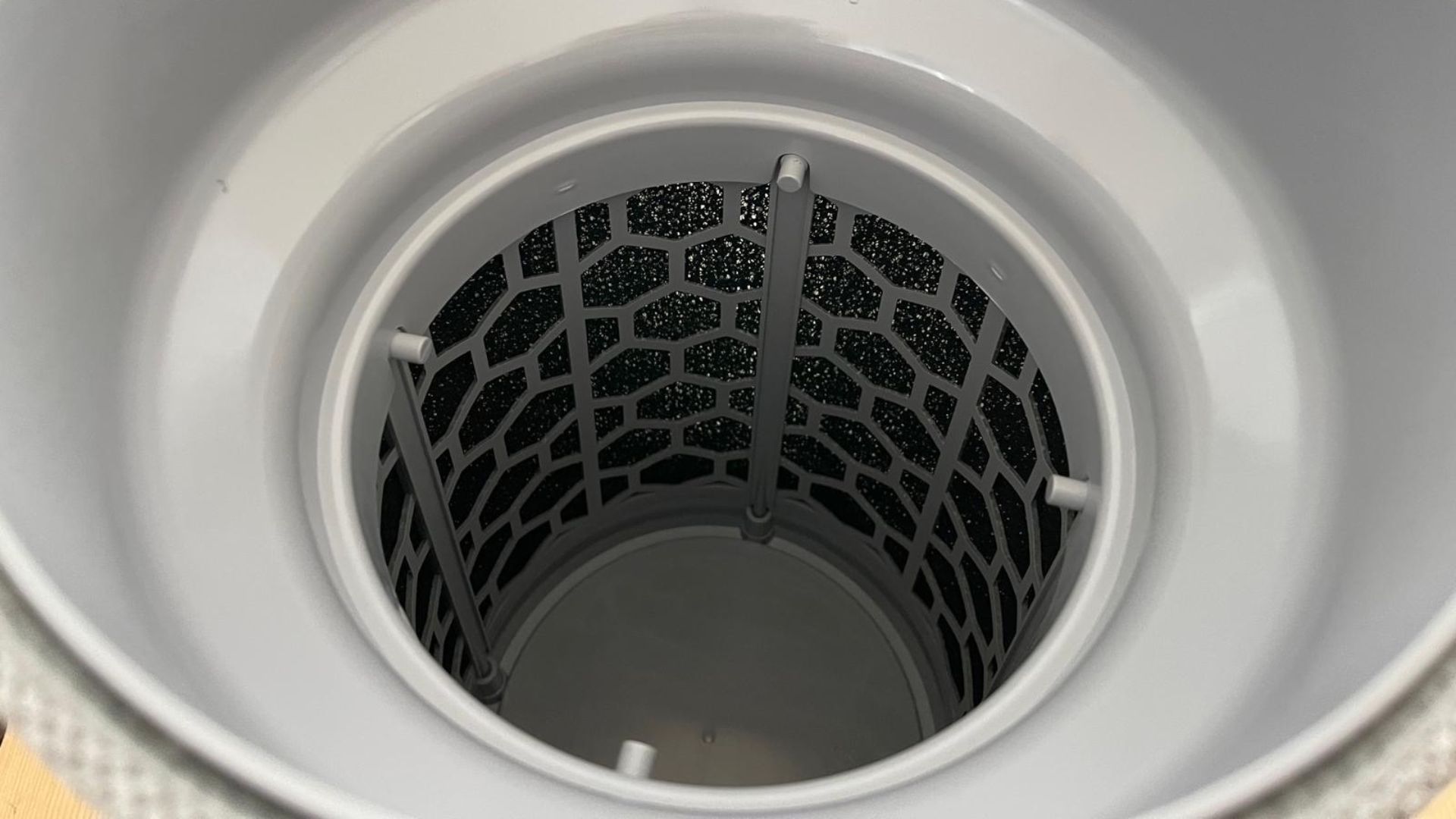
Once you’ve worked out the right CADR for your space, don’t assume all air purifiers work the same way. Some are designed specifically for dust while others are better suited to tackling allergens.
Chris Michael from Meaco explains: “If you’re targeting allergens like dust or pollen, look for a HEPA H13 medical-grade filter, which captures at least 99.95% of particles.”
For those with more serious allergy concerns, Dr. Dhau from Molekule highlights a different approach: “Our purifiers don’t just trap pollutants —they destroy them. That’s important, because filters can release particles back into the air when replaced if they’re only trapping them."
3. Placement is more important than you think
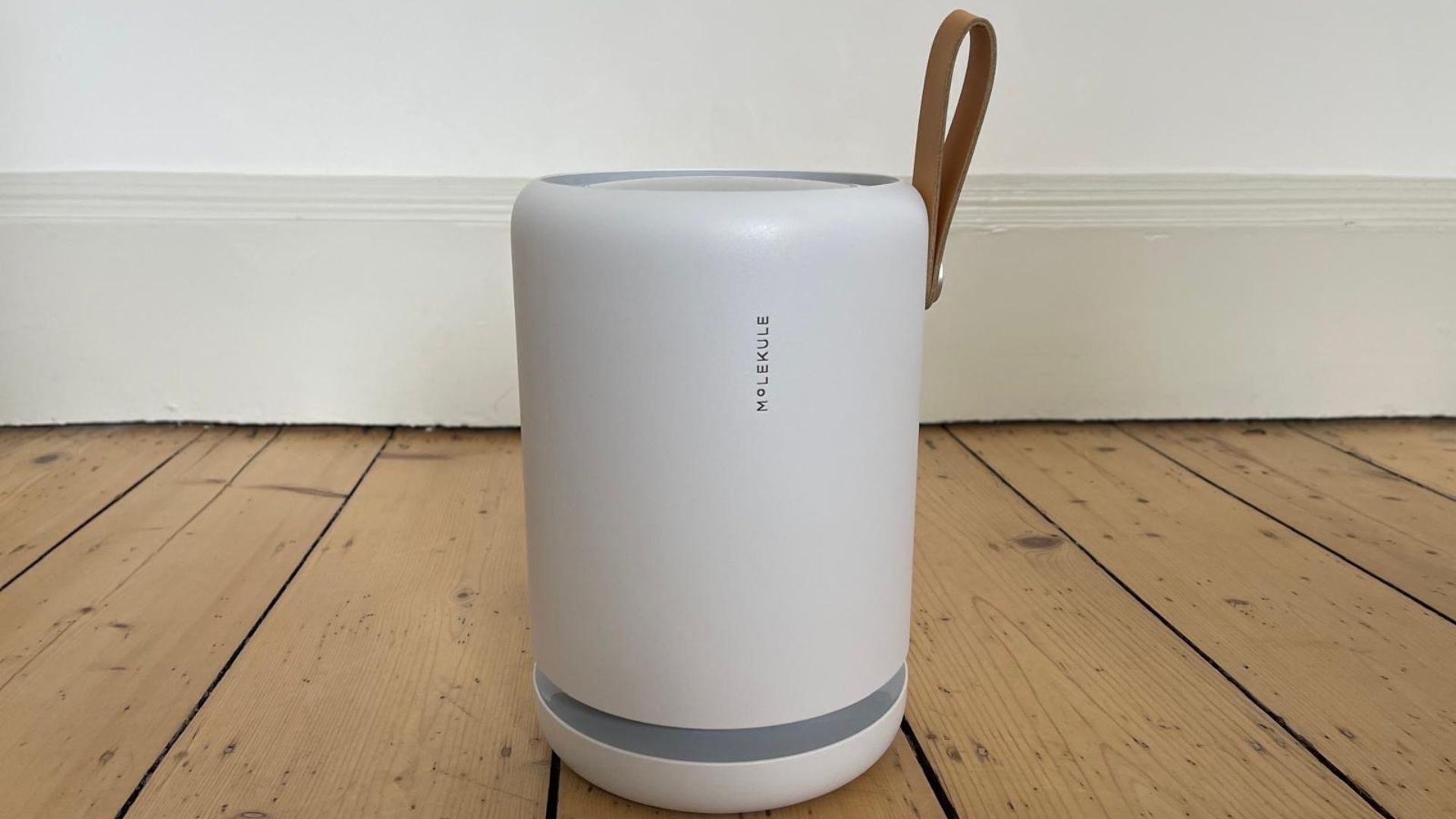
One of the best ways to use your air purifier for the best results, is to place it with lots of space around it. Having it on full show might not sound appealing (a big reason to opt for an attractive model), but it really matters.
Lars from BlueAir suggests that "for optimal results, your air purifier should be placed in the room where you spend the most time, or where the air quality is the worst. Therefore, it is really important to check if your air purifier has a night mode, if it runs at a quiet enough level so as not to disturb sleep and that the display can be dimmed so as not to keep you up with bright lights."
4. Don't let looks deceive you
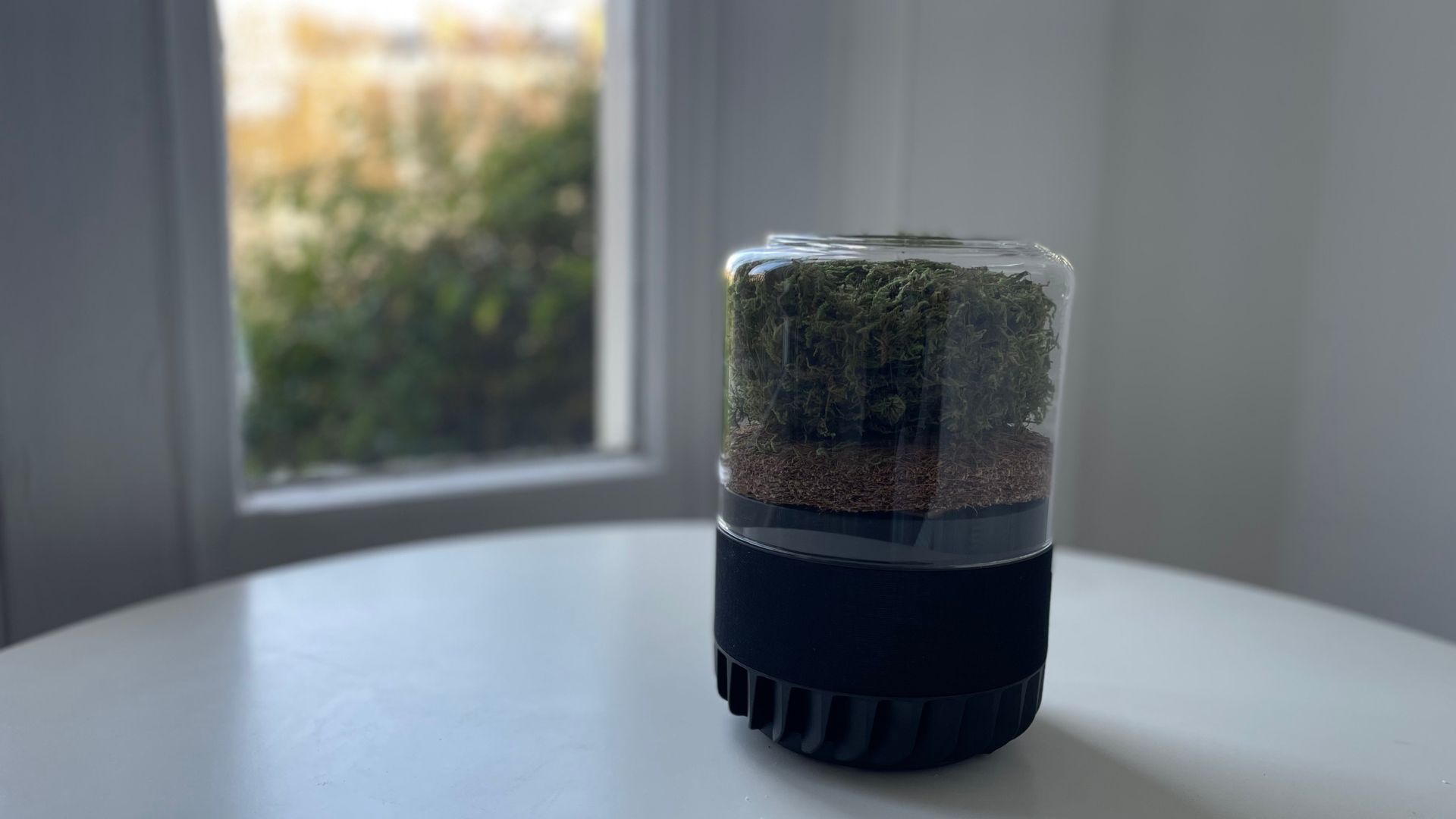
Doing my job, I learn not to judge appliances by how they look. However, there are lots of times when it is important to think about what's going on, both outside and inside your air purifier.
Starting with appearances, Dr Dhau, from Molekule, offered a word of caution. "Many lookalike products make big promises," he says, "but the cheap knockoffs can actually compromise your air quality rather than improve it. Always buy filters and replacement parts from official, trusted sources."
Beyond that, it's important to think about the build quality of your air purifier as well as how sustainable it is. High-quality air purifiers will be made from durable, recyclable materials. Blueair, for example, uses galvanised steel or recyclable plastic in most of its models and as soon as you get your hands on them (especially if you have a cheap model on the other hand) you'll feel the difference.
6. You'll need to leave it running all the time to get the full effect
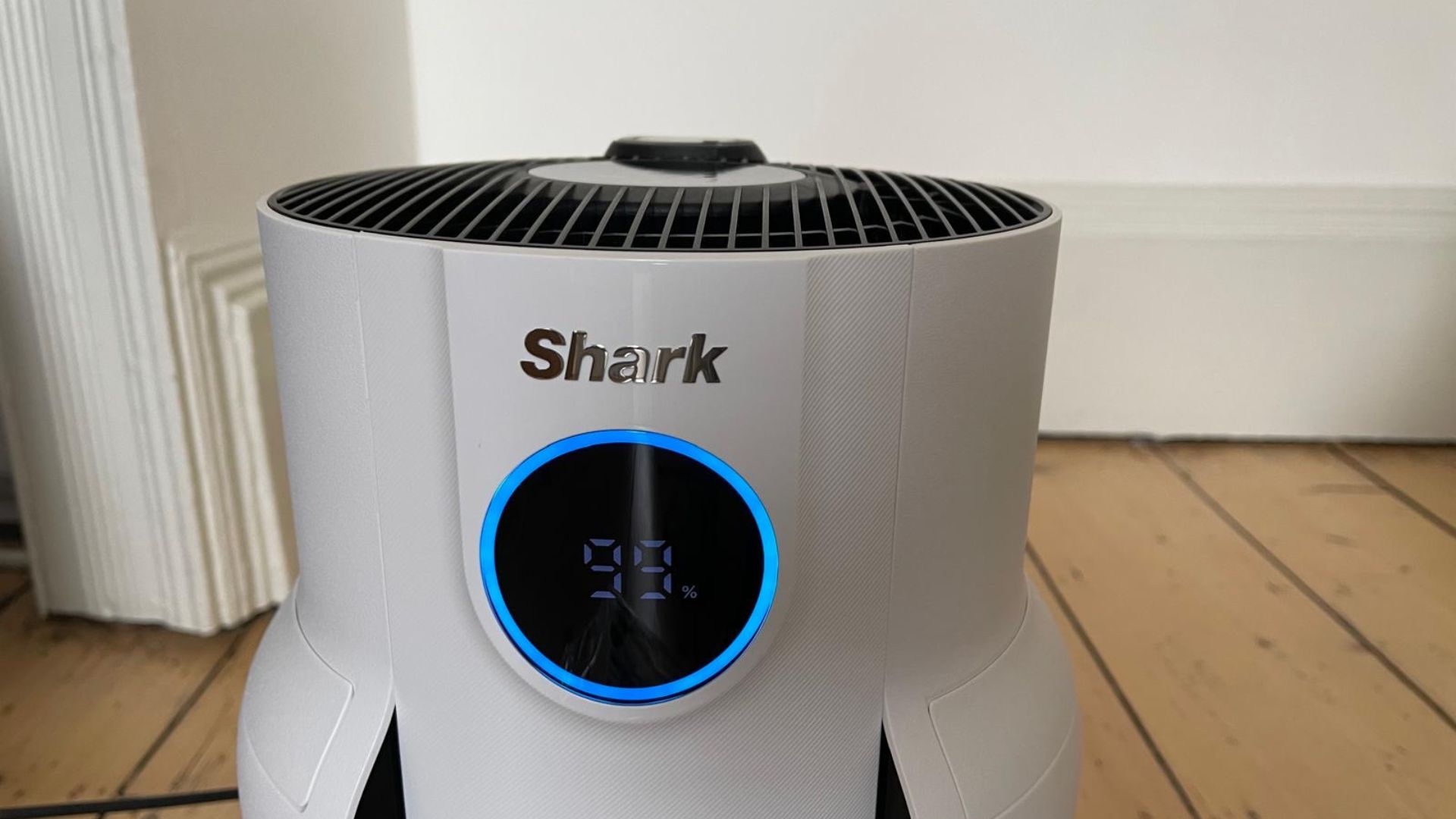
Of course, in a dream world, the best way to improve air quality in your home would be to open a window and let the breeze do its job. However, air purifiers exist for a reason. All the experts will tell you that the same when it comes to how you should use your air purifier.
Lars from Blueair recommends "running your air purifier continuously to ensure efficient air circulation and low pollutant levels in your room. This is why it's important to choose models that are energy efficient and quiet to run."
7. Opt for quiet models, even if this isn't for your bedroom
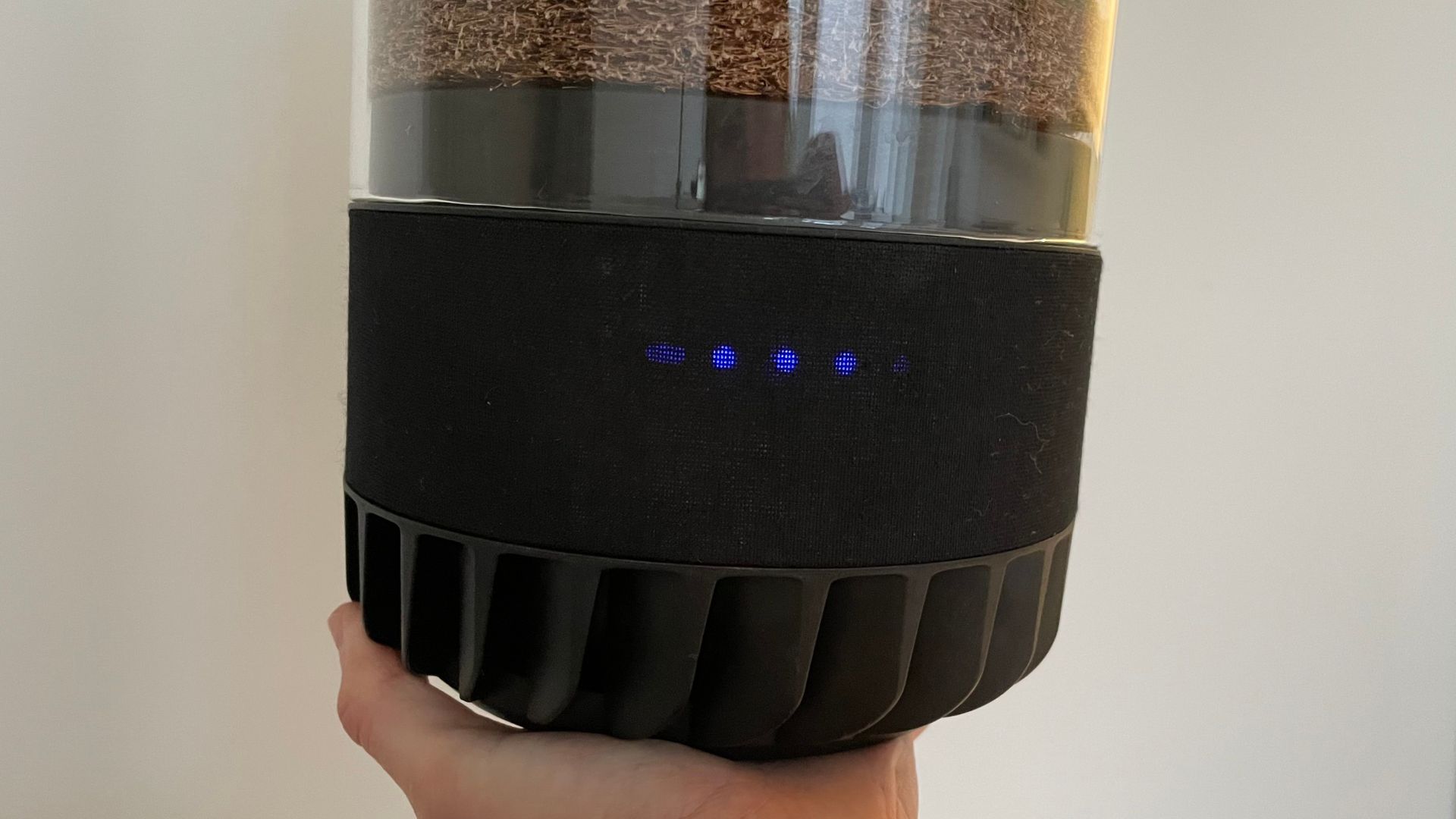
You'll see lots of air purifiers boasting 'sleep mode' and 'quiet mode', but it's good to have an air purifier that runs quietly generally. We've already heard from the experts that you'll want this on all day, so you don't want the disruption of whirring or buzzing that will add to the noise in your house.
Lars from Blueair puts this down as "essential and a huge mistake not to consider before you buy an air purifier. Noise levels, measured in decibels (dB), can vary widely depending on various factors, including the setting, energy efficiency, type of technology, filter and sound insulation. It is particularly important to check the noise level on the lowest setting – the setting that will be used most of the time and while you are sleeping.
"For the quietest air purifiers, look for those that have been Quiet Mark™ approved. Blueair has received the coveted Quiet Mark™ seal of approval for its whisper-silent, energy-efficient air purifiers. Blueair’s QM approved models are just 37dBA yet still deliver a substantial amount of clean air."
8. You need to be diligent and consistent with cleaning
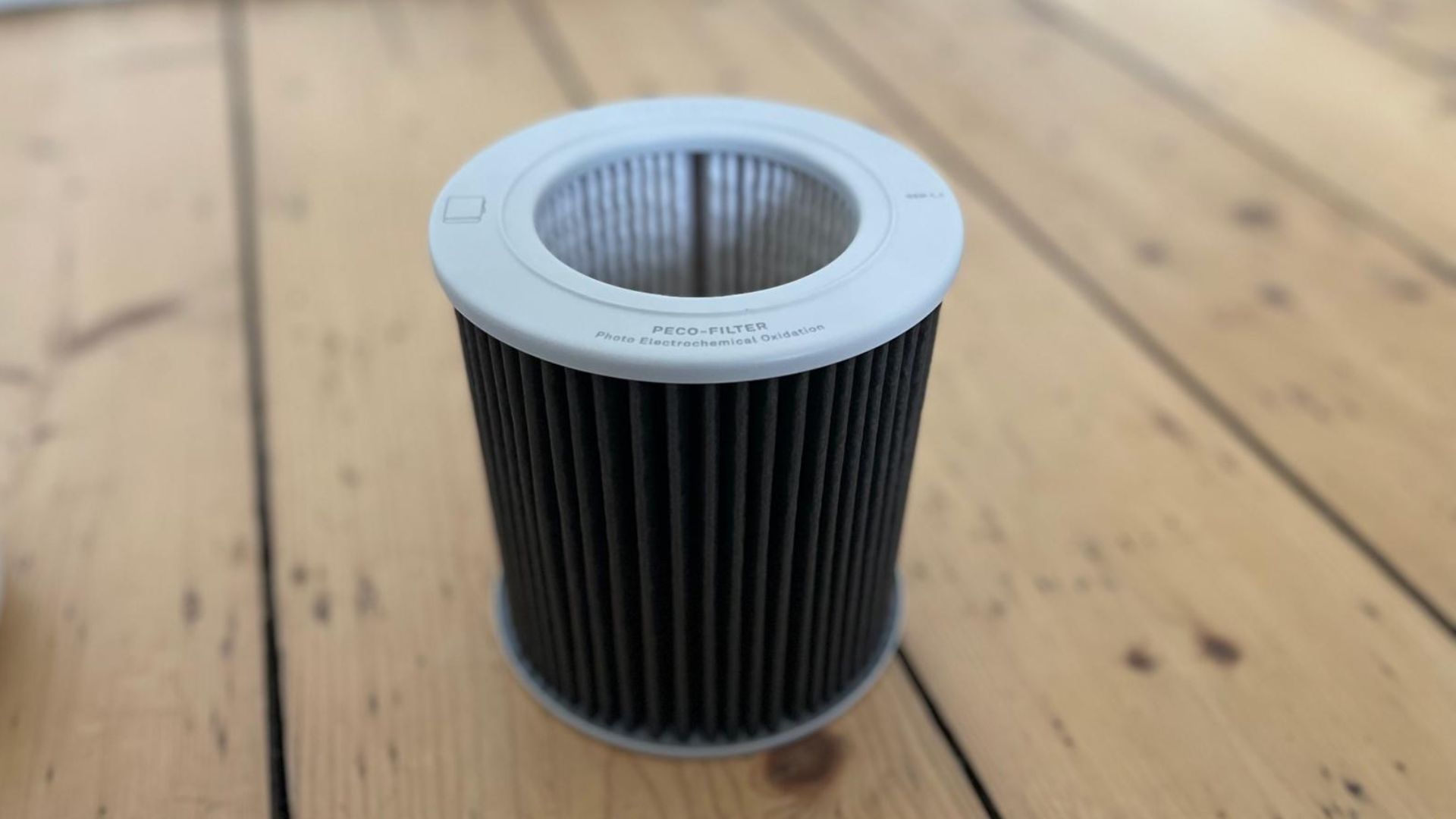
Knowing how to clean an air purifier is one thing; doing it is another. It’s not the most exciting task, but if you get into the habit from the start, you’ll never have to question whether it’s worth it.
Lars Dunberger from Blueair advises changing the filter every 6–12 months to maintain optimal performance. “All of our purifiers will alert you when it’s time, so there’s no need to track it manually,” he says. “However, if your model includes a pre-filter, it’s a good idea to clean it regularly.”
Lars recommends gently dusting the pre-filter with a soft brush or cloth once a week. This removes larger particles like dust and pet dander, helping the main filter work more efficiently. “A filter full of dust or saturated with odours won’t release harmful substances,” he adds, “but it can restrict airflow and reduce performance over time. For best results, always follow the recommended replacement schedule.”
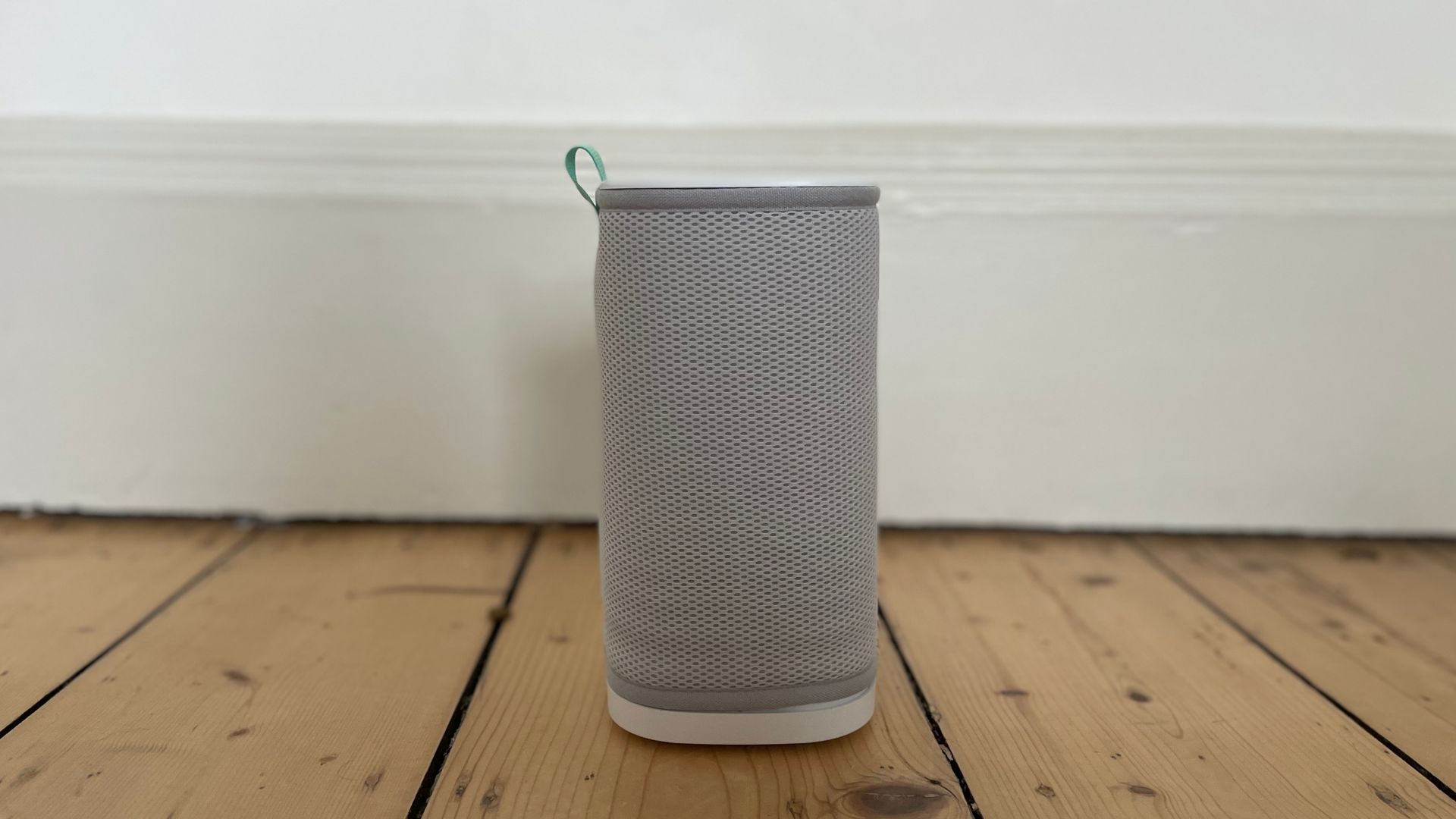
One thing I wish I’d realised sooner: not all air purifiers are created equal, and some features really shouldn’t be compromised on. As Dr. Dhau from Molekule told me, if a purifier doesn’t tick all the boxes below, it’s probably not worth your money. Here's what to look for:
HEPA Filters: These are the gold standard for filtering out dust, pollen, pet dander, and smoke. A True HEPA filter captures up to 99.97% of particles as small as 0.3 microns.
Carbon Filters: Essential for neutralising odours and chemical pollutants, especially VOCs from cleaning products, paint, and cooking fumes.
PECO Technology: Molekule’s signature tech goes beyond trapping pollutants—it destroys them at a molecular level, including bacteria, mould, and viruses. It was originally developed to help the founder’s son manage severe asthma.
Smart Features: App control, real-time air quality readings, and compatibility with Alexa or Google Assistant make it easy to monitor and manage your air quality.
Low Noise & Energy Efficiency: A good purifier should run quietly—especially if it’s going in a bedroom—and be efficient enough to stay on all day without spiking your energy bill.
Maintenance Alerts: Built-in reminders for filter changes or cleaning keep everything running smoothly without you having to remember.
Don’t settle for less. These features make the difference between a gadget that sits in the corner and one that actually improves your health and home environment.

Laura is woman&home's eCommerce editor, in charge of testing, reviewing and creating buying guides for the Homes section, so you'll usually see her testing everything from the best dehumidifiers to sizing up the latest Le Cruset pot. Previously, she was eCommerce editor at Homes & Gardens magazine, where she specialised in covering coffee and product content, looking for pieces tailored for timelessness. The secret to her heart is both simplicity and quality. She is also a qualified Master Perfumer and holds an English degree from Oxford University. Her first editorial job was as Fashion writer for The White Company.
You must confirm your public display name before commenting
Please logout and then login again, you will then be prompted to enter your display name.